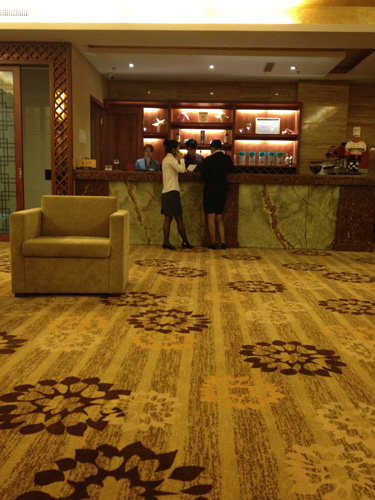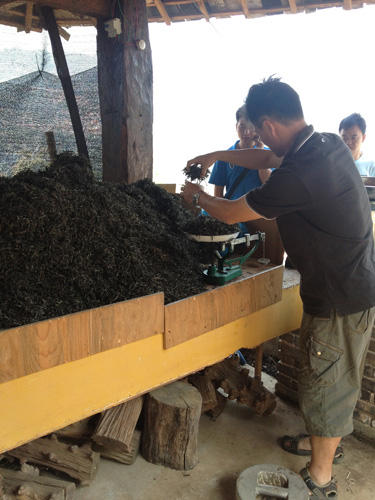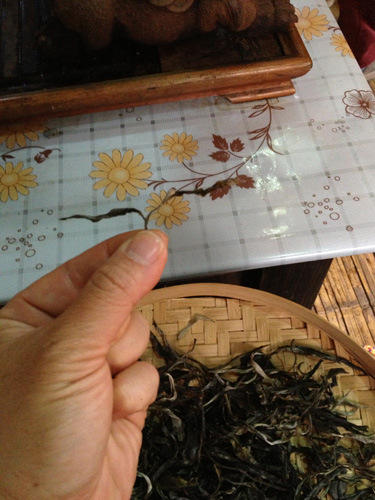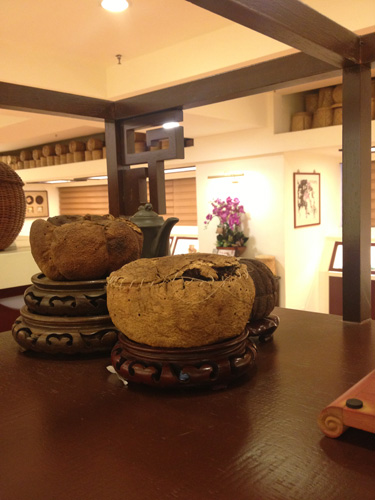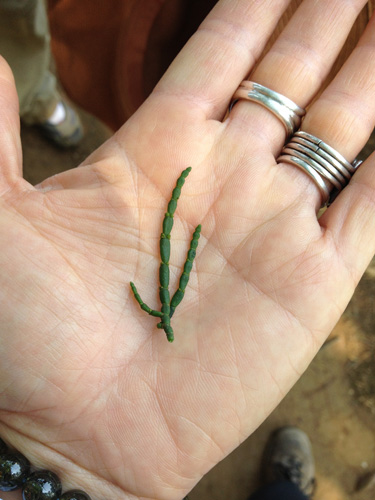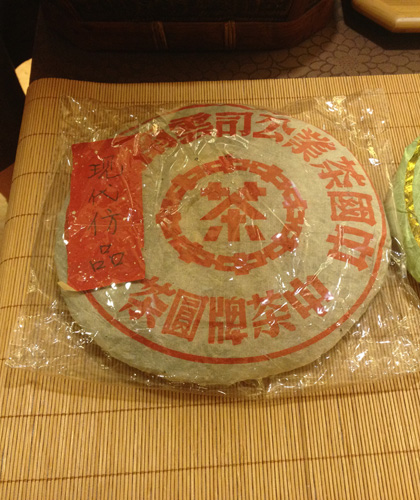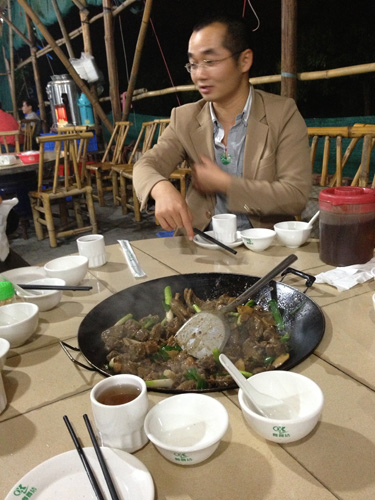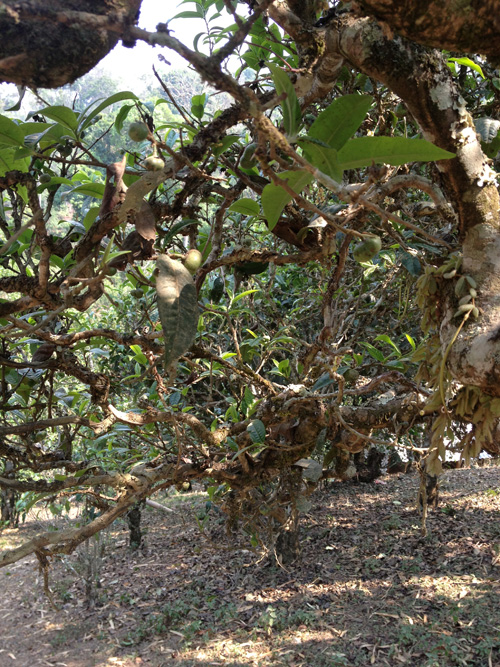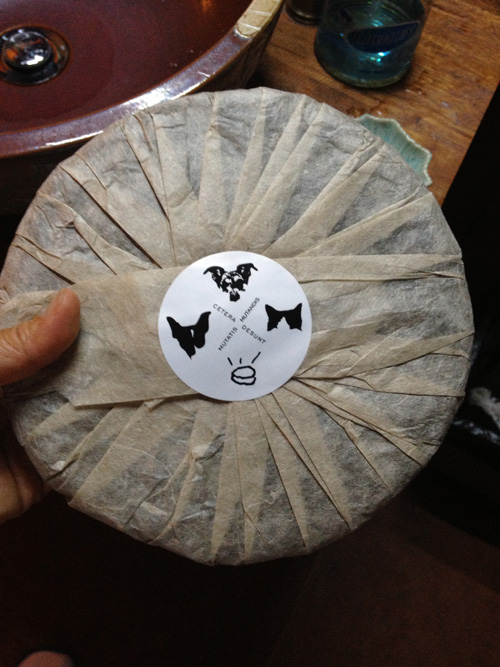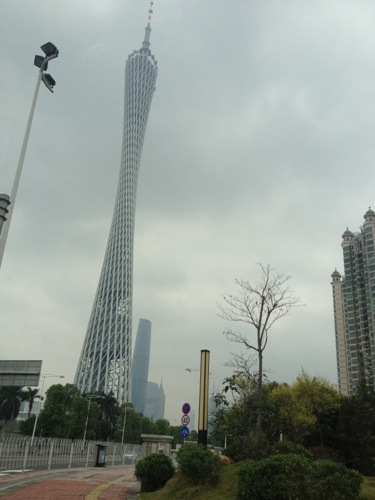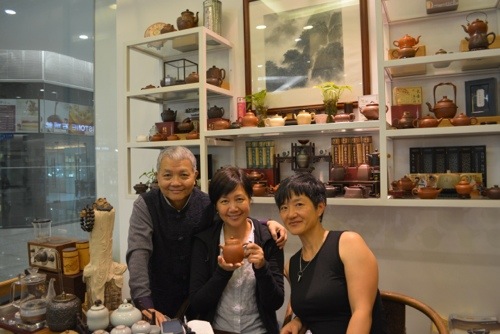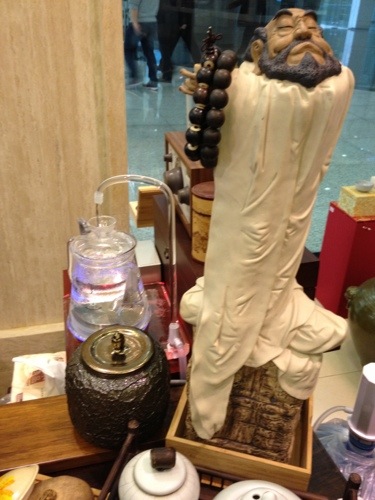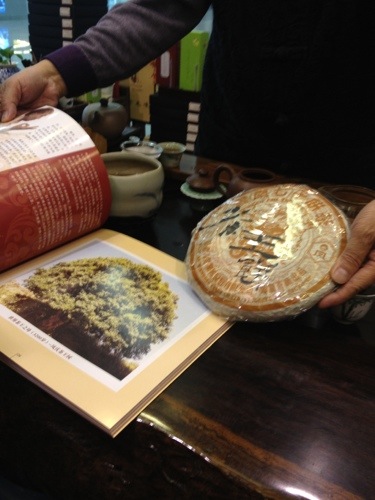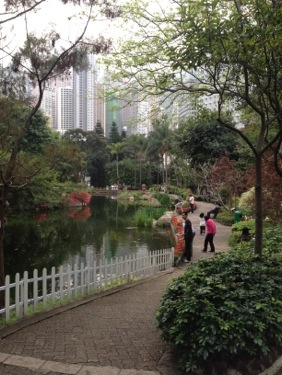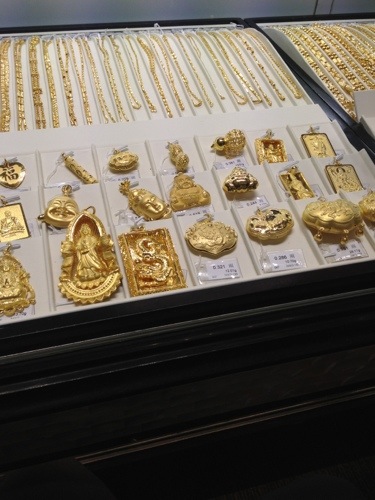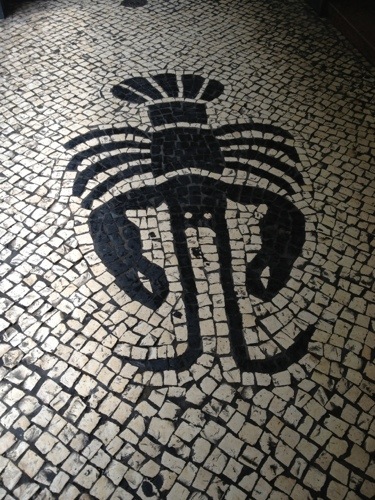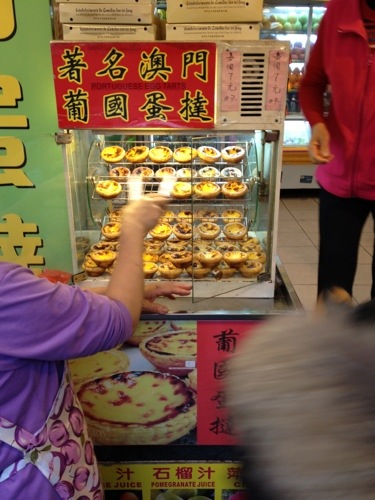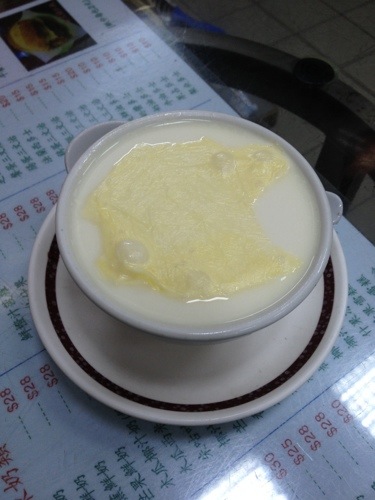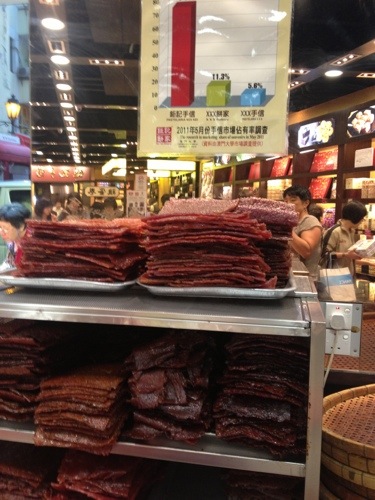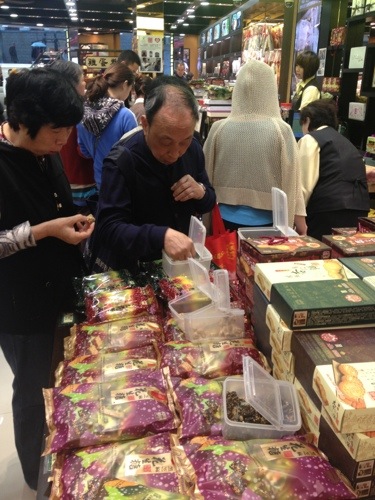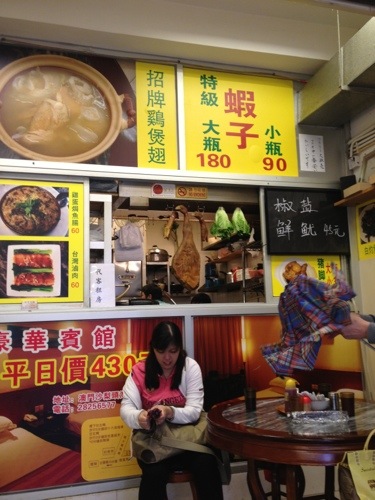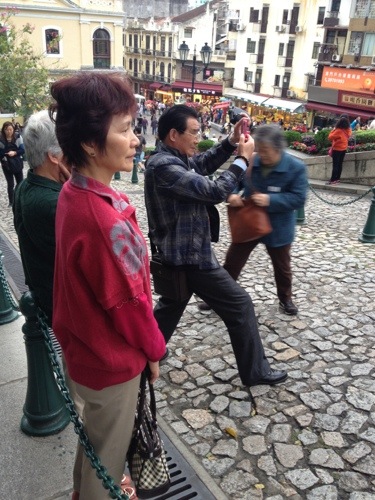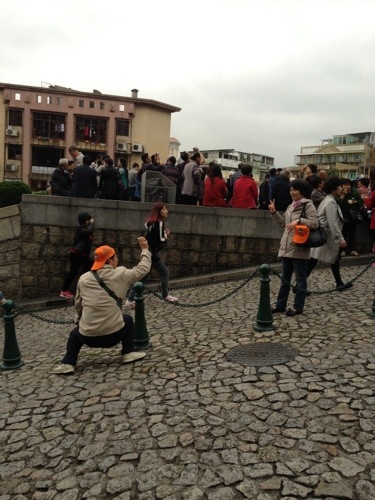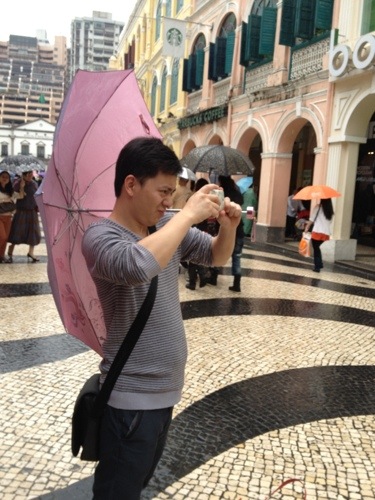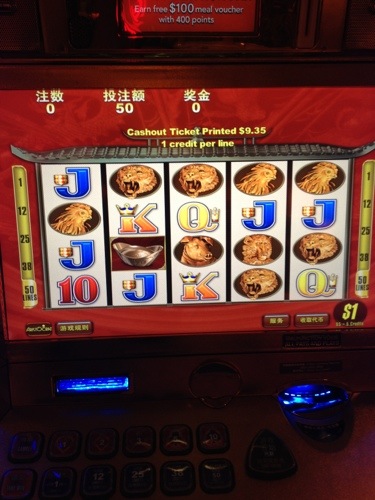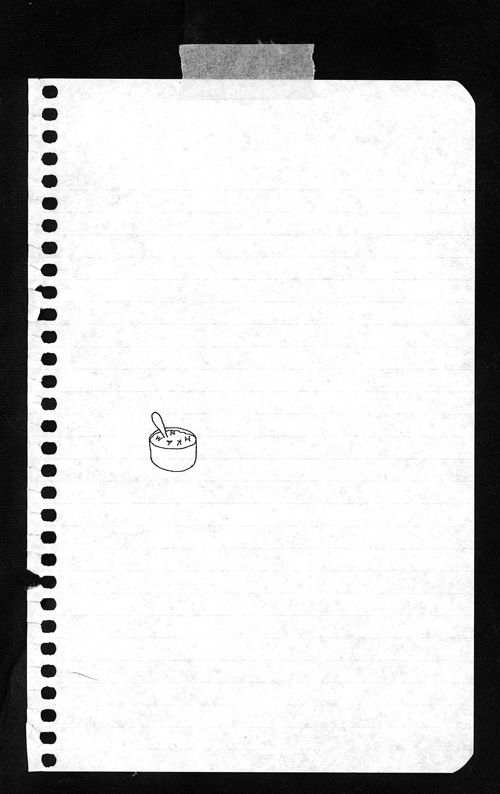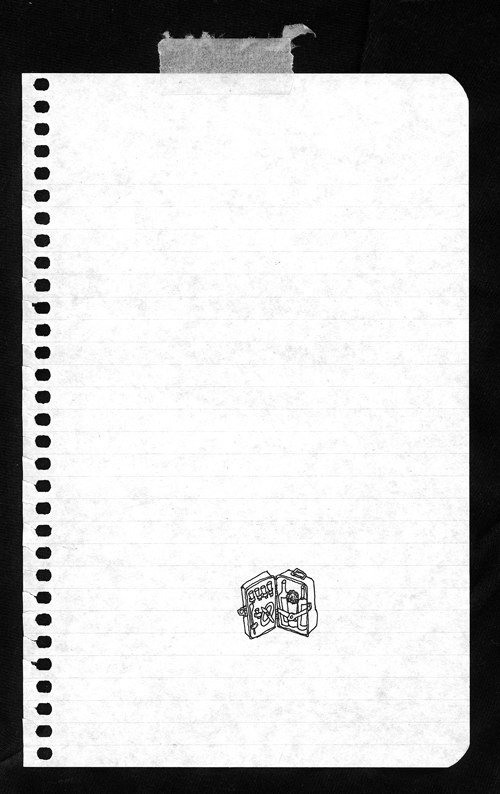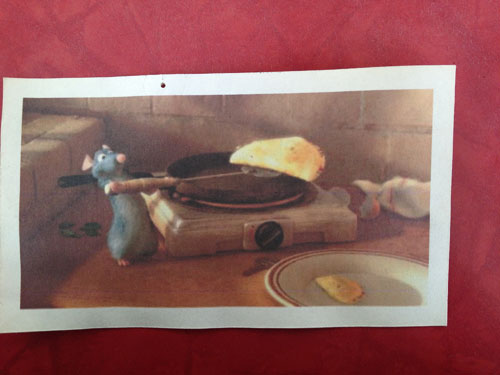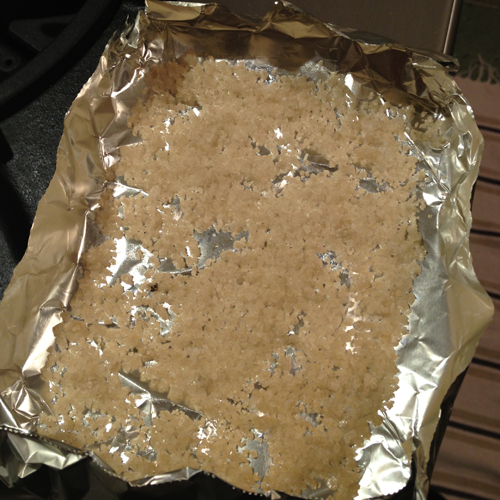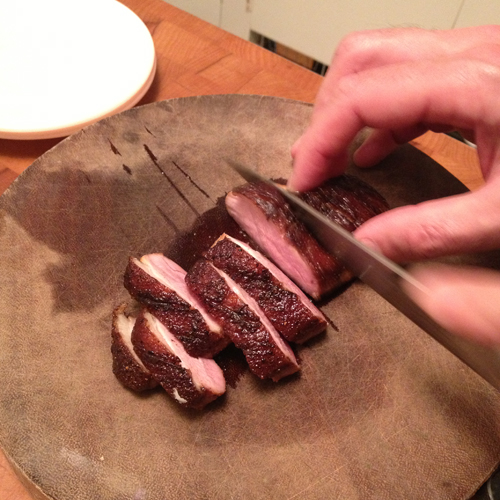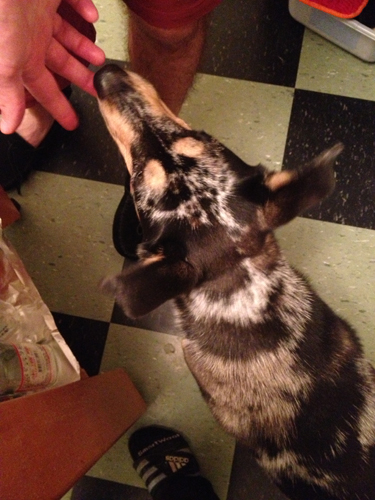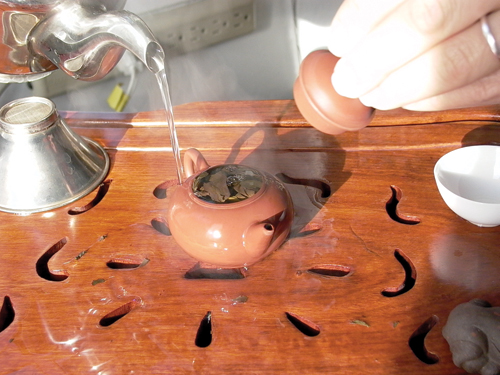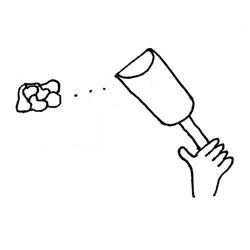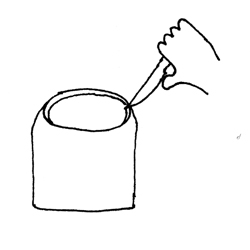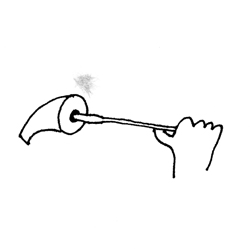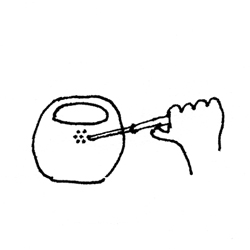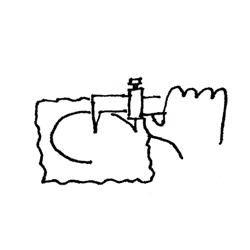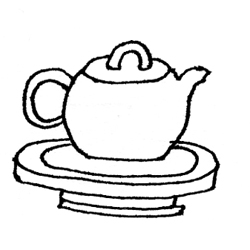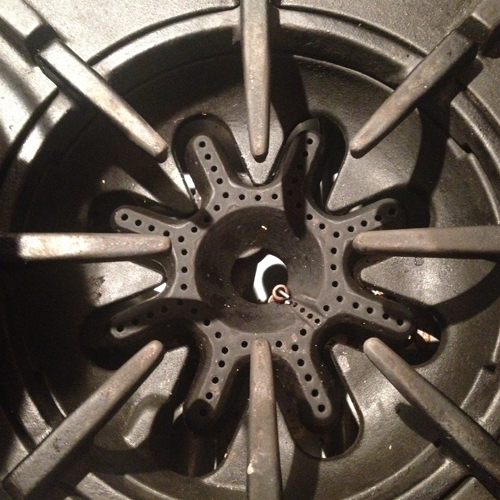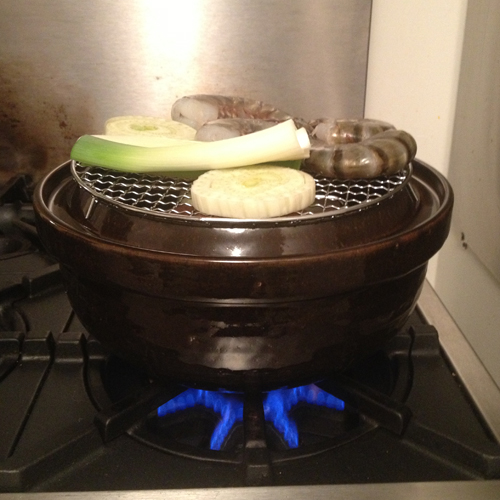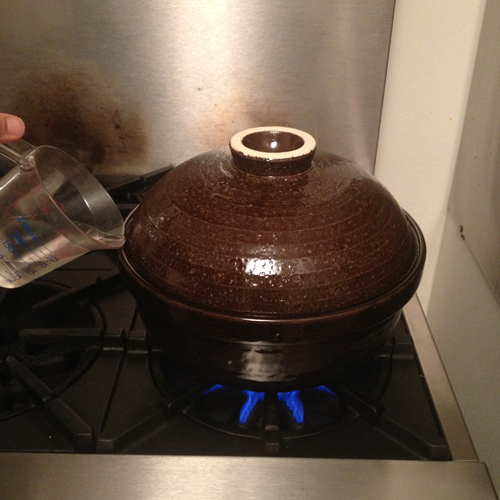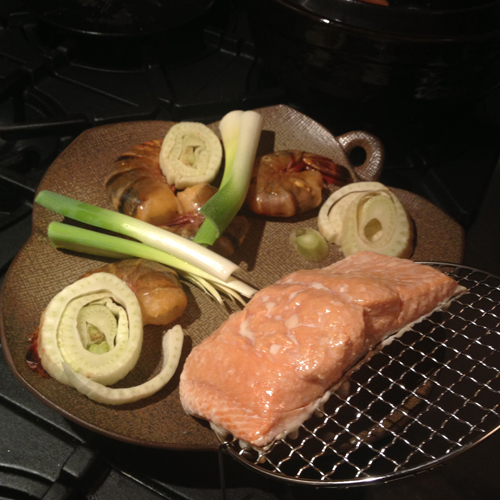In this part of the world it’s hard enough to tell if you’re paying the right price for things, or whether you’re getting what you think you’re getting, but in China such worries can send you down the path to pure madness.
How do you know the quality of your hotel?
Four star hookers admiring the wood carvings in the lobby, free condoms in the rooms, clear glass separating the bed from the bathroom (with optional “modesty light” switch), and the number of people it takes to track down the Tech Guy, the one and only person who knows the wireless password.
How do you know the quality of your Pu’er tea? Was it picked from wild trees, ancient arbor, eco trees or mass production hedges?
It’s supposed to be logical by price, as explained here, but we all know better.
We live in a world of Swedish horsemeat-balls, 100% cold-pressed Italian olive oil made from Greek olives, and big fish made from many little fish. In China, if you take all the Pu’er drunk each year and sum up the years that the tea has been “aged,” you’ll get more years than the entire history of China’s existence, Imperial, Communist or otherwise.
Sure you can sit and actually taste it, but better buy it right then and there because that way you make sure the tea you buy is the tea you just drank. Though there’s always the chance they have placed good tea on the top of the bag, sitting on a mound of crappy tea, and when they scoop the tea for you, they dig deep down into the middle of the bag. My test for whether I over paid or not? Call back that evening and say you lost your hat or something and was wondering if you left it there. If they’re having a raging party, there’s your answer.
At some point you have to decide everyone in the country is on crack, or you just toss your dibs in and TRUST someone. Trust goes a long long way, in any culture, and it helps you sleep at night. But it’s also a moving target. You have to know when to smell a rat, but you have to embrace someone, somewhere, in order to learn the first thing about what these teas are supposed to taste like. Trust first, hold no grudges, and always know where your Pu’er comes from.
Of course if you’re still stressed out and develop high blood pressure China has a bunch of offerings to help you with that. This medicine for the flu cost $7 in Hong Kong, and when we found it in Guangzhou it was $2. Sure the packaging was different but the hologram sticker looked real enough. We didn’t die after drinking it, and it turns out it was the real thing, what a deal.
There’s the rare tea-stuffed pomelo.
The rare tea-stuffed bitter melon.
There’s the ultra-rare crab claw vine that grows only on tea trees that are over 200 years old. So in one shot you get proof of the age of the tea tree at the same time as you expel your own toxins.
Beware! This one’s a fake! Bastard red font!
